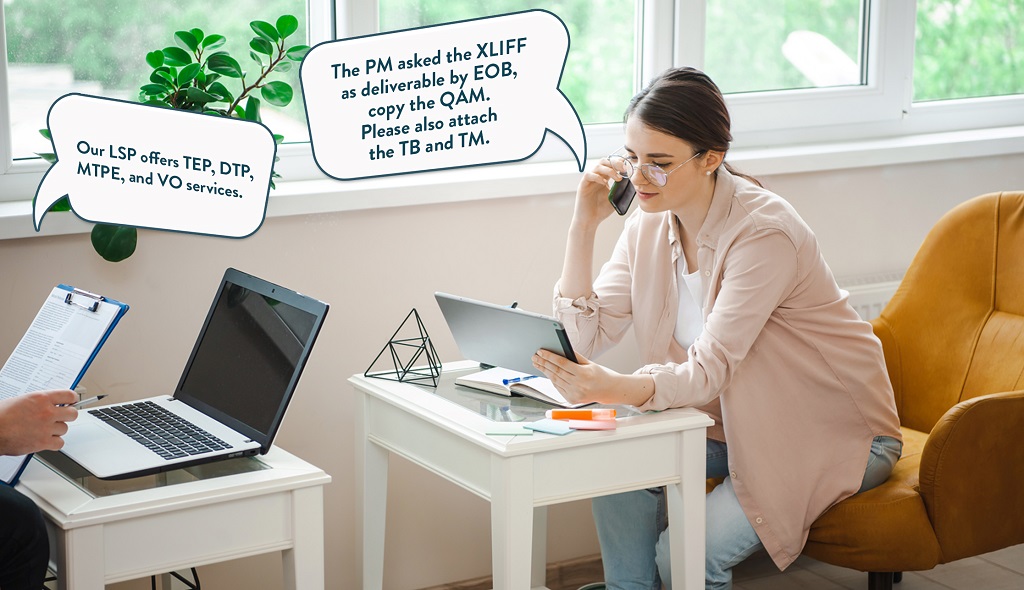Does this dialogue look familiar? Or when you read “TM” and “TB,” do you think of trademarks and terabytes? Don’t worry if you can relate to the latter. It’s common for professionals that enter the localization industry to feel a little bit overwhelmed with the usual jargon LSPs use every day. “LSP” is another acronym, but crucial. Language Service Providers are companies that help people, institutions, and businesses with their communication needs, providing translation, localization, and many other services that support these endeavors.
Recently, Terra Translations prepared a 101 Seminar to offer general insight to people interested in localization and serve as guidance for industry newcomers so they may smoothly kick off this fascinating journey of languages, teams, and IT. Here we’ll share some of those essential tips, just in case you find yourself in need of stuffing your freshman translation backpack.

Starting Line
LSPs are the setting where the action takes place. There are very different types of LSPs, depending on size, location, domain expertise, and offered languages. Some localization companies are global and provide a wide range of services in hundreds of languages, while others specialize in one or a few languages or industries.
| MMLSP | Massive Multiple Language Service Provider |
| MLSP | Multiple Language Service Provider |
| RMLSP | Regional Multiple Language Service Provider |
| SLSP | Local In-Country Single-Language Service Provider |
No matter their size, localization companies necessarily perform the functions of sales, establishing business relationships with clients, and Vendor Management (VM). VMs manage and recruit professionals and providers. The other crucial part is the one Project Managers (PMs) play. Let’s take a deeper look at their work.
The Axis: Project Managers
If LSPs are the scenography, PMs are the leading actors of the play. Their function is crucial because they analyze and tackle projects, but also oversee project workflows, considering budget, human and IT resources, time, risks, etc. Surrounding PMs and localization projects, there are—again—a lot of acronyms referring to services and other expressions of day-to-day work. Perhaps the most common ones are TEP (translation, editing, proofreading) and EOB (end of business). If interested, you can find more acronyms and their meaning in the list below:
Tools Matter

Entering the industry implies embracing new and ubiquitous tools: the computer-assisted translation (CAT) tools. As with LSPs, hundreds of CAT tools cover different needs, but they all share the same core. They divide source text into strings while displaying source and target text in a bilingual view, making the job easier for linguists. They also integrate translation memories (TM), term bases (TB), and quality assurance (QA) tools features, among many, many other functions. Being familiar with one tool will help understand the rest of them.
To sum up, we propose these three tips as a starter pack:
- Be patient with acronyms and ask or search if you don’t know one. You’ll eventually become one of the characters of the vignette.
- Be curious about what PMs do, how, and why. No matter what your job in the industry is, it will be impacted somehow by project management.
- Embrace CAT Tools. They are super fun and helpful allies. Maybe you will want to be instantly proficient at three or more, but better do as the ring says: one tool to rule them all. Once you really master one application, you will find the others very similar and accessible.
Good luck!









